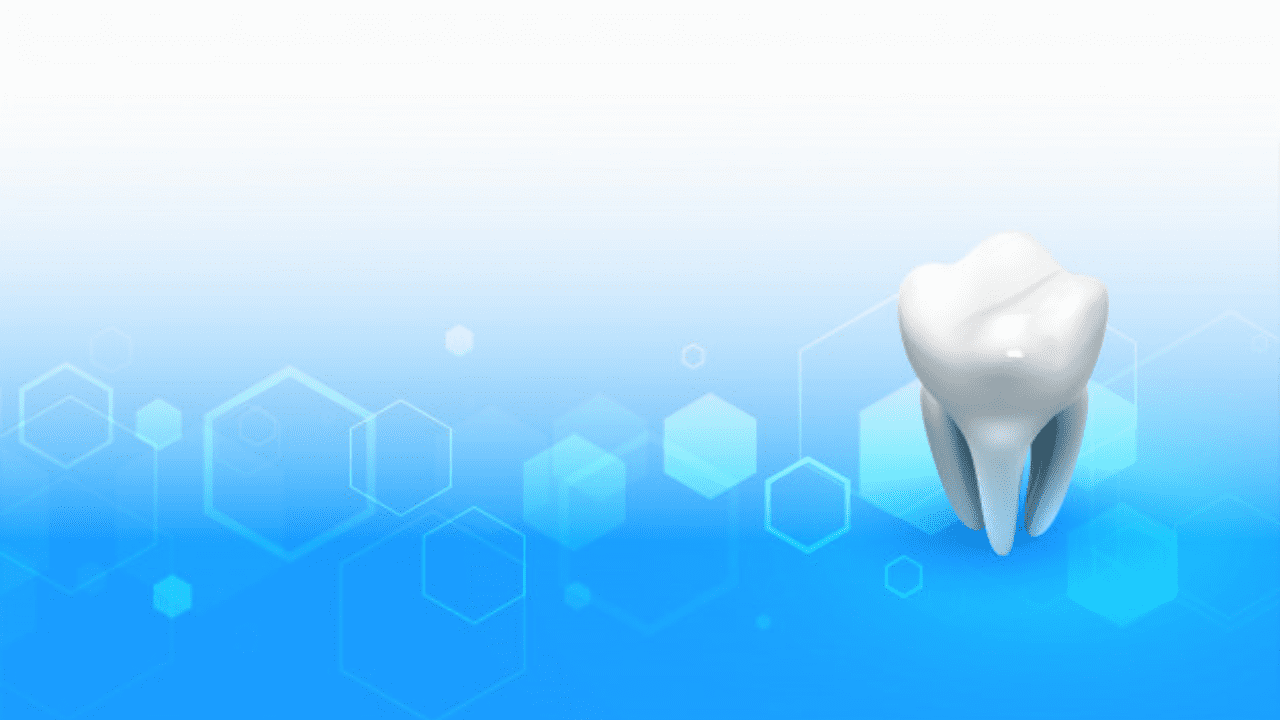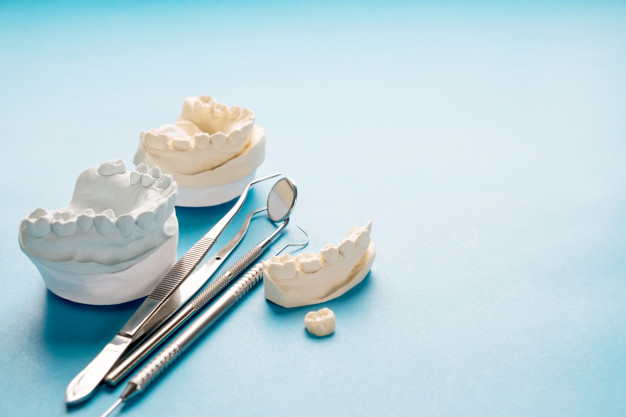
How Digital Dentistry Labs Can Simplify The Dentist’s Workflow
Posted Nov. 22, 2022 by Haresh SavaniIt’s time to onboard the digital dentistry lab to match the fast-paced technological changes in the world of dentistry.
Working with a digital dental lab can simplify a dentist’s life to a great extent. The digital dentistry is entering the dental labs across the world by offering innovative solutions to traditional dental problems.
What was once an expensive process is now more accessible and transforming the lives of thousands!
With new-age digital dental technologies on the rise, the world of dentistry is fastly moving to a digital way of doing things. You can honour each patient with the right dental services that match his/her needs and budget.
As a dentist, you need to upgrade your dental practices in line with the modern trend and treatment practices.
Dental Lab: A Digital Solution For Your Clinic
Digital Dental labs help streamline the production of dental laboratory products and treatment of dental cases. They promise superior services that allow you to offer effective solutions to your patients.
Your digital dental lab uses in-depth knowledge of CAD/CAM to offer precise and artistic work to your patients. It creates an artificial tooth and replaces the missing one based on digital diagnosis and treatment.
It makes a perfect sense to enrich your lab with advanced tools and digital equipment to perform tasks efficiently.
Things to Consider While Switching From Traditional to Digital Lab
To carry out the transition process, you have to change the way your clinic has been operating. Not only you need to train your staff, but you also need to learn the new digital system yourself.
A digital dental clinic works on a minimum workforce. It will increase your productivity and ensure a steady flow of patients for your clinic. All thanks to the digital way of treating your patients.
Let’s assume, you are all ready to join the digital race in dentistry. The question arises, how can you get the best digital equipment for your dental clinic? Advanced Dental Export provides a variety of digital tools and works with dentists to ease out the transition process.
Benefits of a Digital Dental Lab
The launch of digital technology has ensured high-performance levels and profitability for dentists. Not just that, the products are stronger and economical and also ensure a faster production rate.
With digital technology, you can automate the dental restorations that bring plenty of benefits for both patients and dentists.
● Offer extra options to your patients – You can offer a variety of dental restorations for your patients with a digital lab. That will attract more patients to your dental clinic.
● Improves Workflow – The intraoral scanner enhances the communication between a lab technician and a dentist. You can send the 3D scanned images instantly to any lab you want to produce even better restorations.
● Cost-effective – Working on a digital dental lab boosts profitability and make sure you provide high-quality services. That too, at affordable prices!
The Dental Thought
Working with a digital lab has a plethora of benefits. Not only it makes your job easy, but it also provides your patients with total satisfaction. Integrate your digital lab today to boost productivity and enjoy profitability.
The introduction of technology is making ground-breaking changes in every domain possible. It’s time for you to do the same in dentistry.
Get access to the best digital and design services with us to enter the world of digital dentistry. Expand your services with hi-tech laboratory products and digital treatment of your patients.

Leave a Comment
Your email address will not be published. Required fields are marked *


